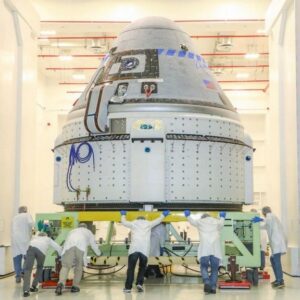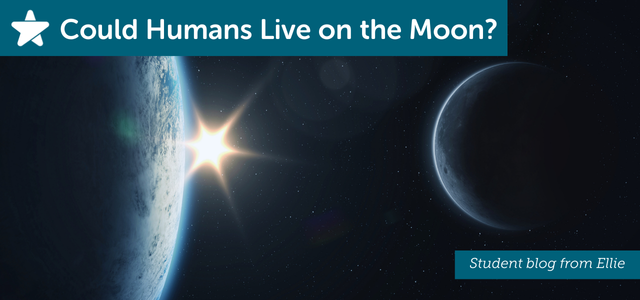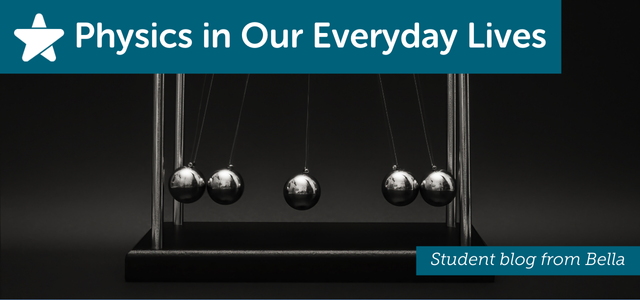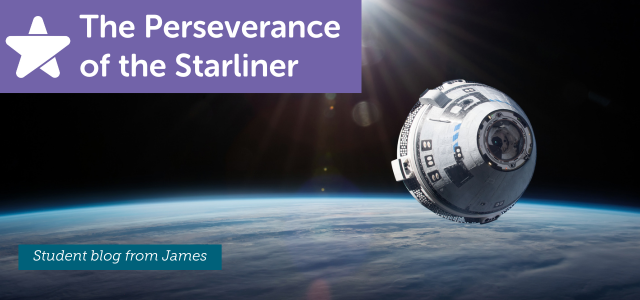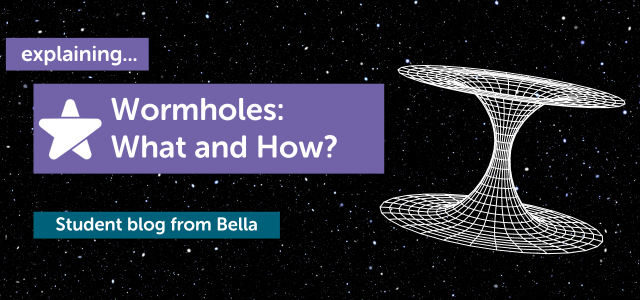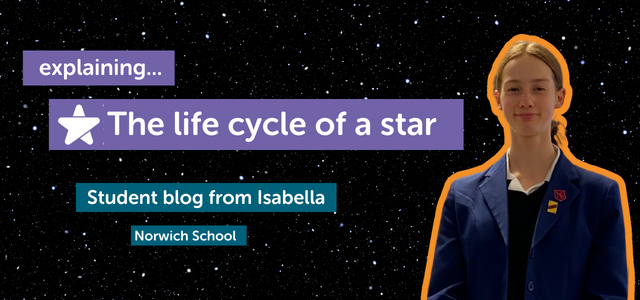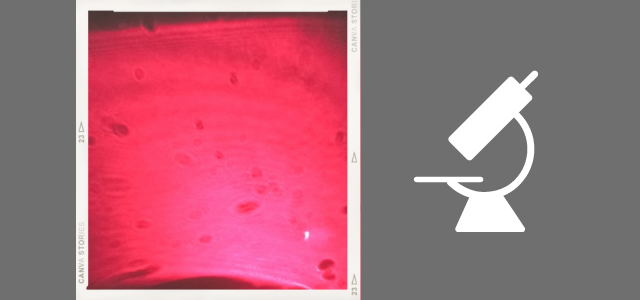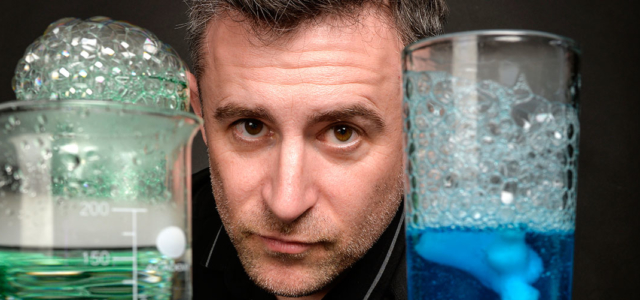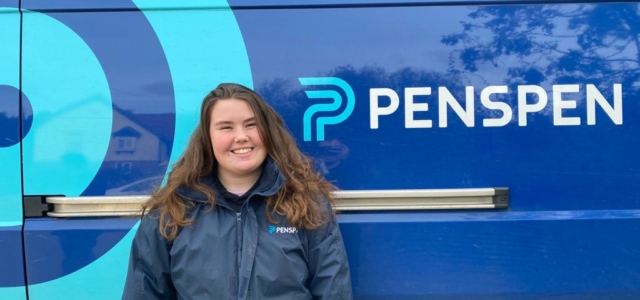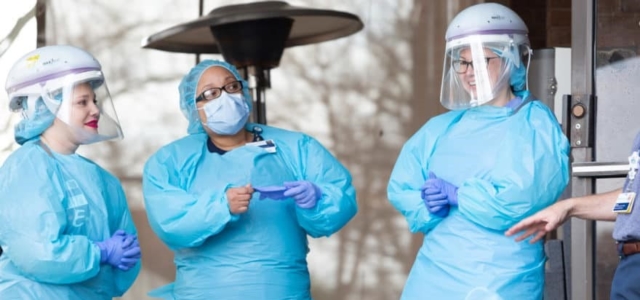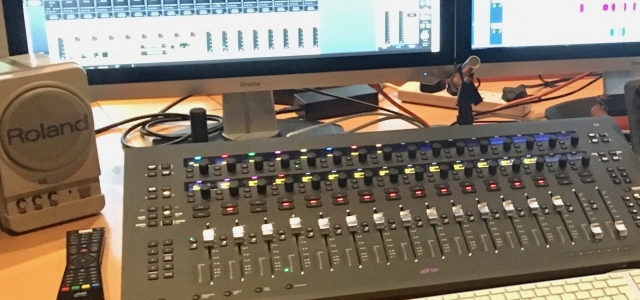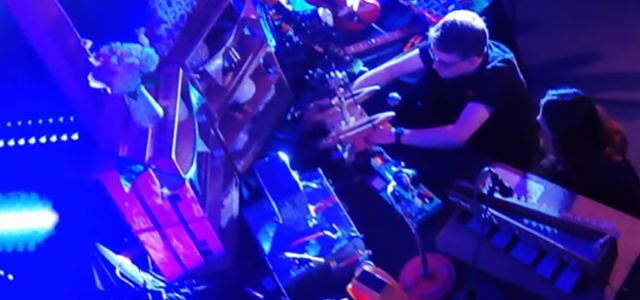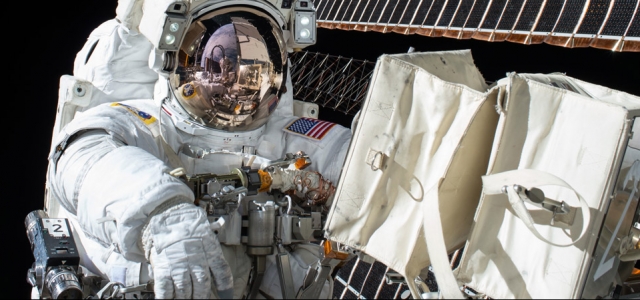Curious about the latest advancements in space travel? Dive into this insightful account written by a young enthusiast from the Youth STEMM Award program, detailing Boeing’s Starliner—a spacecraft designed to revolutionise crewed missions to the International Space Station (ISS). Despite numerous setbacks and delays, the Starliner represents a significant leap in aerospace innovation. Join us as we explore the rigorous journey of this spacecraft, its mission objectives, and the dedication of the teams behind its development. Get the latest updates and learn why the Starliner’s story is a testament to resilience and scientific perseverance. Read on to uncover the fascinating details!
Why I have chosen the Starliner
Despite the Starliner being created out of a need for new shuttles to be produced that can take NASA’s astronauts to the international space station (ISS), it has faced multiple setbacks preventing its maiden. To me, this shows the innovation present within the production and launch of the Starliner as it fulfills the ambition of the Boeing company to succeed in taking astronauts to the ISS. This demonstrates the unwavering commitment of those who have worked and are working on the Starliner to make it the second commercial company to land at the ISS. It also exemplifies that much of science involves trial-and-error to ensure a goal is reached, no matter the challenges faced by those attempting these goals.
An overview of the Starliner
Originally scheduled for Monday 6th May 2024, at 22:34 local time (03:34 BST Tuesday), the Starliner was set to lift-off from Cape Canaveral in Florida with two Nasa astronauts, Suni Williams and Butch Wilmore, who were due to head for the ISS aboard a new spacecraft. This would have allowed the Starliner to become the second private firm to provide crew transport for NASA’s astronauts to and from the ISS, alongside Elon Musk’s SpaceX, which achieved this on August 27, 2023, by the Crew-7 Dragon capsule. However, due to technical issues with the rocket, the launch was delayed until 17th May, and has since been delayed four times from its original launch date in March 2016.
Photo of the Starliner Capsule, Sourced from the BBC article on the Starliner
Setbacks preventing previous launches
This joint mission by NASA and Boeing was originally due to have its first uncrewed test flight in 2015, but this was delayed until 2019. This delay was due to software glitches which led to an internal clock malfunction causing the thrusters to over-fire. This resulted in too much fuel being consumed, to the point that the capsule was unable to reach the space station. A second attempt was planned in August 2021; however, this was delayed until May 2022 due to an issue with the propulsion system. When the Starliner finally set off from Earth, it was able to complete its full mission although concerns were later raised regarding the performance of some of the thrusters and the spacecrafts cooling system. Once these concerns were corrected, additional issues were identified relating to the safety of wiring and the parachutes, pushing the launch of the first crewed demonstration back further to 6th of May 2024.
If further concerns had been raised at the time, the Starliner’s launch would again have been pushed back, to ensure the safety of the astronauts. Any further delays in this launch would place potential reputational damage and increased pressure on Boeing, who are already facing significant pressure due to a series of accidents occurring within its airline business.
However, the launch on the 6th of May was scrubbed two hours before its scheduled lift off due to concerns over an oxygen-release valve on the United Launch Alliance Atlas V rocket that would transport Starliner into low-Earth orbit. After further delays the new launch date was set for 18th of May (the day of me writing this) BUT the Boeing Starliner launch has again been delayed because of a small helium leak that was discovered earlier this week. The new date set for the launch is now the 25th of May.
Rationale Behind Choosing the Starliner
NASA announced that SpaceX and Boeing would take over from the old space shuttles, resulting in both companies being given a similar contract, one that would bring their capsules into service and then pay for six additional operational missions. SpaceX received a contract worth $2.6bn, whereas Boeing received a $4.2bn contract ($1.6 bn more than SpaceX). Despite this, SpaceX was able to fly its flight crew test in 2020, showing that Boeing is four years behind SpaceX. However, during this 4-year period the company has also spent a substantial amount of money to catch up to SpaceX. This anticipated arrival of Boeing’s spacecraft into service will mean competition for SpaceX, which should bring down costs, according to Libby Jackson, who is the head of space exploration for the UK Space Agency. Hopefully sometime in May 2024, Boeing will eventually have delivered its first manned launch to the ISS.
Objectives of the Starliner Launch
When the spacecraft does eventually launch it will be heading to the ISS. During the journey to the ISS, the crew will test seats, assess onboard life-support and navigation systems, as well as evaluating the system that moves cargo into the ISS. They will also be testing brand new space suits; Wilmore and Williams will be wearing Boeing’s blue suit, which is about 40% lighter than earlier generations of spacesuits worn by American astronauts – and more flexible. The suit also has touchscreen-sensitive gloves, so the astronauts can work with tablets in the spacecraft.

Photo of Suni Williams and Butch Wilmore wearing the new blue space suit, sourced from the BBC article on the Starliner
Once the Starliner has docked with the ISS, it will remain there for around 10 days before returning to Earth. Unlike re-entries by previous US capsules that splashed down in the sea, Starliner will touch down on land somewhere in the southwestern United States. A heatshield and parachutes will slow the descent before airbags open to soften the moment of impact with the ground (though previous launches were delayed due to concerns about the parachute).
Once the mission is complete, and successful, the Starliner will be certified for regular crew missions to the ISS. Its next launch, though uncertain at this time, will carry four astronauts as well as equipment and supplies, to the ISS. Fingers crossed for no more delays and the Boeing Starliner will be lifting off on the 25th of May.
Progress of the Starliner launch, sourced from the BBC article on the Starliner
Sources:
All information and photos have been sourced from the BBC News articles on the Starliner,
Starliner: Nasa to fly new Boeing space craft to ISS – BBC News
Editor’s Note:
The Boeing Starliner successfully launched on June 5, 2024, and docked with the ISS. However, its return has been delayed due to technical issues with the propulsion system and helium leaks. NASA and Boeing are conducting thorough tests to ensure the spacecraft’s safety before it returns the astronauts to Earth. The return date is now expected to be set after these issues are fully resolved, demonstrating the ongoing commitment to astronaut safety and mission success.


